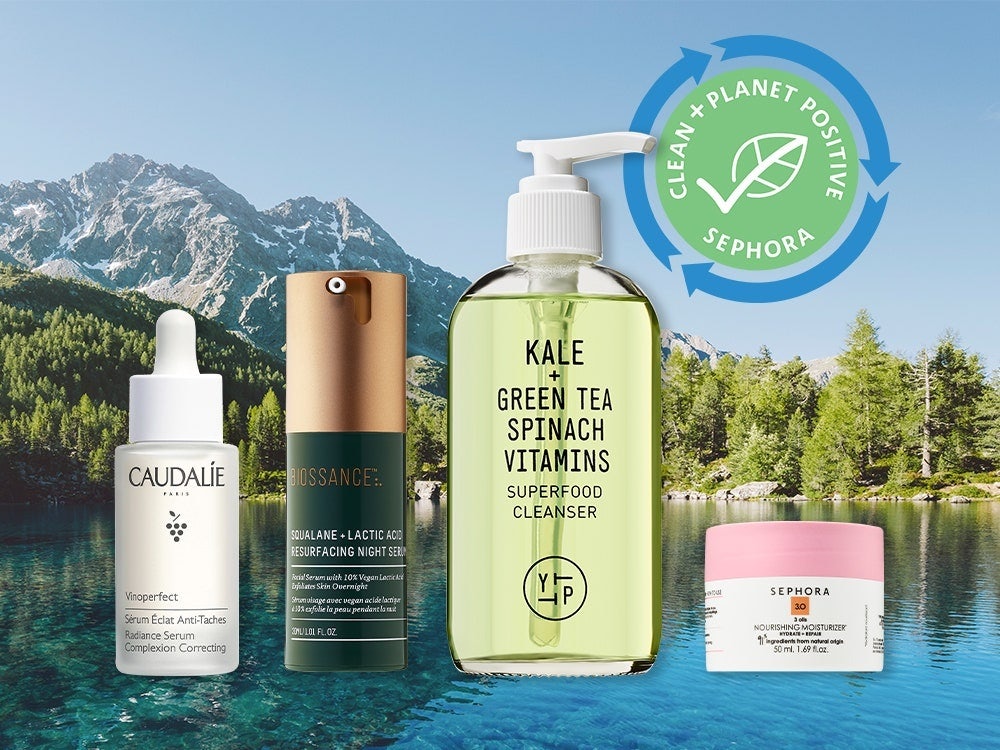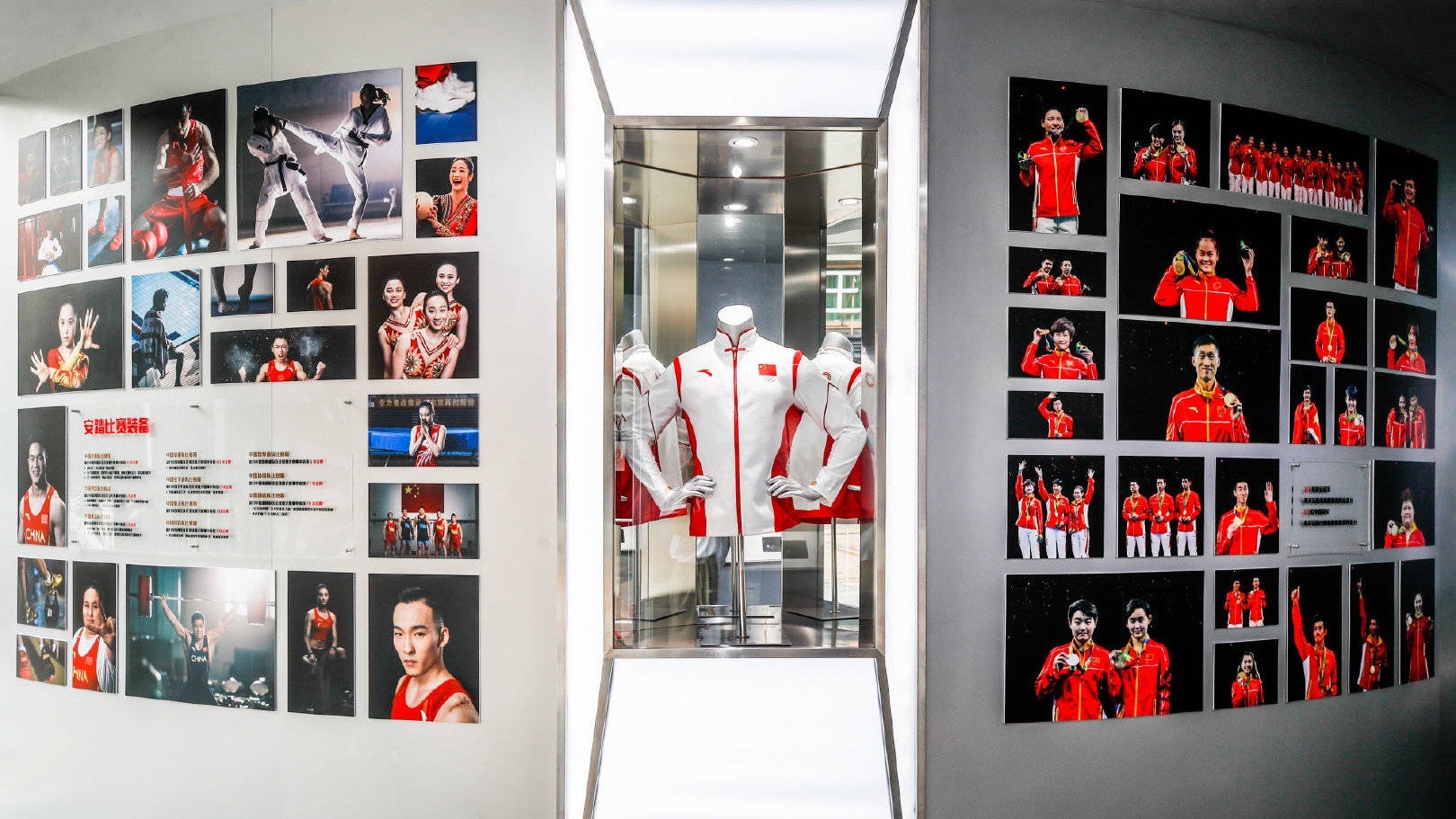Key Takeaways:#
Luxury brands need to pursue the domestic Chinese traveler because Chinese consumers made only 14 percent of all luxury purchases abroad in 2020 compared to 56 percent in 2019.
The pandemic has necessarily accelerated the adoption of digital luxury, and livestreaming is a new digital territory for luxury brands that cannot be ignored.
The COVID-19 pandemic has also led consumers to reassess personal values and priorities, with more than 50 percent of respondents planning to spend more on wellness service categories.
The COVID-19 pandemic brought unprecedented challenges that continue to transform the way consumers engage with luxury products and services. The impact of the pandemic has not only accelerated but also unlocked pre-existing consumer trends. And many of these behavioral changes in China are likely to remain in the post-pandemic era. Below, we've outlined five ways these ‘sticky’ consumer behaviors should continue to disrupt the present — and future — of China's luxury landscape.
Home market#
According to BCG-Altagamma data, Chinese consumers made only 14 percent of all luxury purchases abroad in 2020 compared to 56 percent in 2019. Luxury consumers will surely resume shopping abroad when international travel restrictions get eased. But they also recognize that China, thanks to the development of luxury duty-free on the island province of Hainan, is an alternative luxury retail destination.
Luxury brands need to pursue the domestic Chinese traveler. A June 2021 McKinsey survey reported that 62 percent of respondents plan to return to Hainan for duty-free shopping, and 41 percent plan to spend more during their next trip. And Sanya, the southernmost city on Hainan Island, has reportedly become the fifth-largest luxury shopping city in Mainland China.
Digital adoption#
The pandemic has necessarily accelerated the adoption of digital luxury. Survey data released by Ruder Finn and Consumer Search Group reported that 55 percent of respondents in Mainland China claimed they started using online channels more often to purchase luxury goods after COVID-19 began. As NPD Group reports, Chinese prestige beauty e-commerce sales reached 5.4 billion over the first half of 2021, a 47-percent increase versus the same period in 2020. The democratization of digital luxury is a continual consequence of China’s digitally connected consumers. According to HSBC and Qianhai Securities, livestreaming, which is presently dominated by apparel and fashion, will account for around one-fifth of the country’s total online sales by 2022. Clearly, livestreaming is the new digital territory that luxury brands cannot ignore.
Brand purpose#
Greater consumer scrutiny arising from the pandemic has reinforced the need for luxury brands to deliver visible positive social engagement. An Edelman survey reported that 88 percent of respondents in China said the way brands respond to the coronavirus crisis will significantly impact whether they intend to purchase them in the future. In a larger context, brands — particularly prestige brands — get rewarded and punished for their perceived moral commitments. This sentiment is reflected in the latest McKinsey survey data, which found that purpose is one of the three top reasons Chinese consumers try a new brand in the COVID-19 era.

National pride#
The Economist reported that China’s pandemic response is a source of national pride. A collective feeling of greater self-esteem has indirectly contributed to the rise of the Guochao (‘Guo’ = country and ‘Chao’ = fashionable) marketplace. And consumers are buying into domestic brands like Li-Ning and Anta that celebrate Chinese identity. For example, Anta uses the patriotic theme “China has got Anta for sports lovers” for its Tokyo Olympics 2020 campaign. Emotions based on national sentiment are seriously impacting consumer brand preferences. It is a salient trend that challenges non-Chinese luxury brands to integrate local meaning into their brand communications.
Personal priorities & evolving values#
The COVID-19 pandemic has also led consumers to reassess personal values and priorities. For example, there has been an increased awareness of physical and mental wellbeing that is establishing a thriving wellness industry in China — and this is set to continue. According to McKinsey, more than 50 percent of respondents said they plan to spend more on wellness service categories. Luxury brands need to recognize the growing consumer sensitivity towards health and wellbeing that also touches on environmental wellness. Sephora’s recent launch of the label Clean + Planet Positive shows that this has become a global phenomenon.

Due to COVID-19, fundamental shifts have had and will have long-lasting effects in the increasingly competitive Chinese luxury market. As such, luxury brands will need to align strategies to changing consumer values and behaviors. It is also critical to observe underlying trends outside of the luxury space. For example, the widespread use of grocery and restaurant delivery services preceded Sephora's introduction of a one-hour delivery service for over 70 of its stores. Although the immediate future is uncertain, luxury executives must look back over the past year and a half to prepare for the post-COVID-19 era before it becomes an opportunity lost to other savvier competitors.
Glyn Atwal is an associate professor at Burgundy School of Business (France). He is co-author of Luxury Brands in China and India (Palgrave Macmillan).


